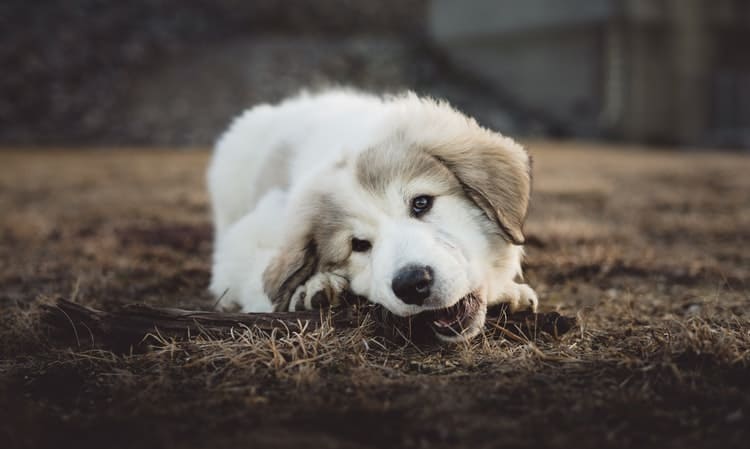
Every pet owner wants their dog to be safe and happy at home. Unfortunately, we can’t sit down and explain to our canine companions why a behaviour is dangerous. Power cords are a prime example of this. Many pups are chewers. They don’t understand what a power cord is or why it’s there. They see something fun and new to check out, which they tend to do with their mouths and teeth.
Chewing an electrical cord is the most common cause of electrical injury among house pets. The effects of this type of injury can vary in severity. Some receive burns only while others can experience changes in blood pressure and fluid accumulation in the lungs. Some reports even describe pets developing cataracts after the injury.
This is a common problem among young dogs and puppies, usually under age two. This stems from teething causing a desire to chew, and a lack of training, which comes later in life. However, some older dogs will continue this behaviour and should be monitored accordingly.
We asked an Adelaide electrician what are a few things you can do to help protect your dog while training him or her to leave power cords alone. The following can help keep your pet safe and your power cords un-chewed.
- Use a Bittering Agent on Power Cords
Many pet stores sell bittering agent products that you can spray or spread on to surfaces that you don’t want your dog to chew. The idea is that the substance makes the object taste bad to your pet, deterring them from chewing.
There are also recipes for homemade bittering agent solutions that you can use instead. Remember to test the product first because some dogs don’t respond as well as others.
- Hide Excess Cord Behind, Under, or In Furniture
If you have long power cords, hide them. Coil the extra slack and carefully bundle it together and tuck it behind, under, or inside furniture. The less access your pet has to the cords, the better. If it is out of sight, your pet won’t know its there to chew.
Remember that some pups are more curious than others. They may dig around or behind objects to find new things. Carefully monitor behaviour and deter and redirect if your pet starts looking for hidden power cords.
- Minimise Free-Roaming Area When You Can’t Supervise
A responsible pet owner knows that one of the best ways to keep an animal safe is through supervision. The younger the dog, the more supervision he or she needs. Make sure you can watch your canine constantly while in a room with power cords or other hazards.
Have a safe space for your pet to be in when you can’t watch them or need a break. This could be a kennel, a pen, or a dog-proofed room. There should be no cords or outlets accessible or anything else that might be tempting to put in their mouths. Never let an untrained dog roam free while unsupervised in your home. At best, you may find a mess, and at worst, your dog may end up injured.
It’s important to note that a combination of methods should be used while your dog is in training. These methods should be applied along with regular obedience training and supervision.
